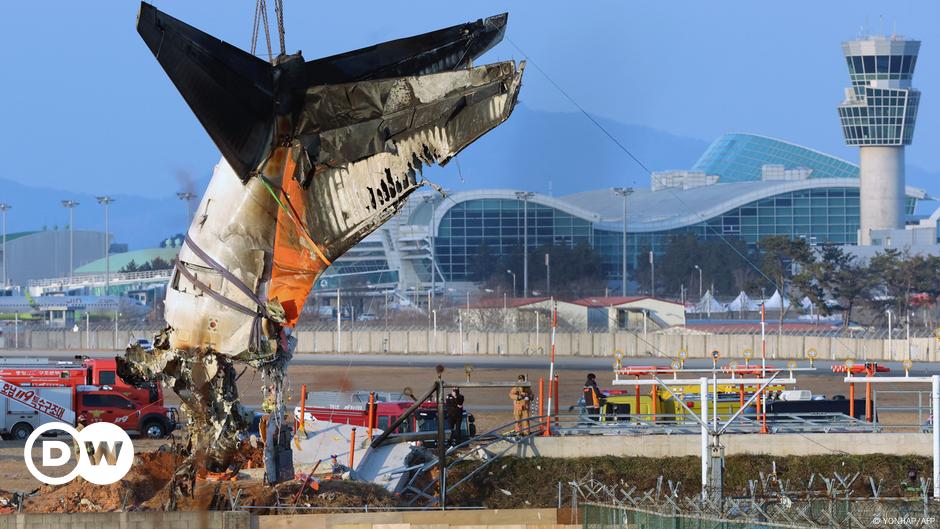As with most bad outcomes, the earlier you figure out your plan isn’t working the better the odds of success with a revised plan.
From a mile out on final they could have chosen to simply aim for the bay just past the far end of the runway. Which was several miles long and conveniently aligned. From downwind where their problem apparently began with a bang they could have gone straight north also into the water. Albeit with more obstacles and a bit of inconveniently placed land that might have been in just the wrong spot; but probably not.
Heck, depending on how high, and even more, how fast they were when they crossed the runway threshold they still could have simply held off the runway by 20 or 50 feet and coasted the length of the airport losing speed then been out over the bay. Once the speed is down to near an appropriate touchdown speed for the (non) flaps they had, go ahead and descend the last few feet into the water. Conveniently the avionics display a guide for that speed all the time with no fiddling required. Even with only emergency battery power.
If we assume what I think is your actual scenario: there isn’t convenient water anywhere and we figure out real late that we’re over (or about to be over) a runway that’s rapidly disappearing. So now how to we best stop? In that case I agree w your thinking. Clunk it on with little to no flare and get the drag going early. The procedure manual for normal landings says the same thing. If you find yourself (a little) high or fast, far better to clunk it on and get slowing than glide along in the air while slowing. Said another way, you’ll burn far more distance in the air than on the ground for any given amount of slowing. So the basic idea of “stuff it onto the runway” ought to be fairly top-of-mind to any pilot who’s close to touchdown but fast. Even stupid-fast.
But here’s an even better plan: Offset to one side or the other and put it in the grass / mud / dirt alongside the runway. The stopping will be much better there, at the near-certainty of tearing the airplane apart. OTOH, going off the end into e.g. a big wall or a city or a ravine is an absolute certainty of tearing the airplane apart.
Even if you don’t figure out the no-hope-of-stopping problem until maybe 50 feet altitude, you can still turn a smidgen to slide off the side early. From 100 feet there’s probably time to complete the shallow S-turn to offset over the grass then re-align with the runway.
This comes back around to something I’ve said in the GA thread about various GA accidents. You need to have made the mental commitment years ago that, in extremis, you will deliberately wreck the airplane to save the people and yourself. And renew that vow regularly so it’ll be top enough of mind when you need it.
Sully had made that decision a long time before the day he parked his Airbus in the Hudson. It was interesting in the aftermath how many pilots and training departments suddenly developed an interest in thinking about off-airport landings. A topic that had been utterly taboo except in the context of a mid-ocean ditching. Maybe not so much taboo as simply unthinkable / unworthy of thinking about.
To your point about simulating, there was a brief and very unofficial effort at my carrier post-Sully to take a few minutes of slack simulator time and play with various low altitude total engine failures and where and how could you save the day with some Yeagertastic maneuvering back to a runway at the big airport you just launched from. Pretty quickly TPTB got wind of that and it was squelched. I was lucky enough to get some of that during its brief run. As monkey-see-monkey-do training they were right: this encouraged delusions of John Wayne. As an eye-opening few minutes’ intro into engineless crash landings in fast planes it was IMO a valuable consciousness-raising.
Were I driving that 737 that day would the outcome have been better? I sure hope so, but honestly: maybe, maybe not. Anyone can get fixated and do an increasingly long list of ever dumber stuff implementing a bad and getting worse plan. It appears from the early info that that’s what happened to these guys. If they could do it over, they’d probably do it differently, and with much less tendency to fixation.
Good bet all the Jeju pilots are thinking about that. At least the skilled ones are. Any of them who are simply glorified streetcar motormen won’t understand the problem, much less the solution. This last applies all across the airline industry regardless of employer or airplane type.

